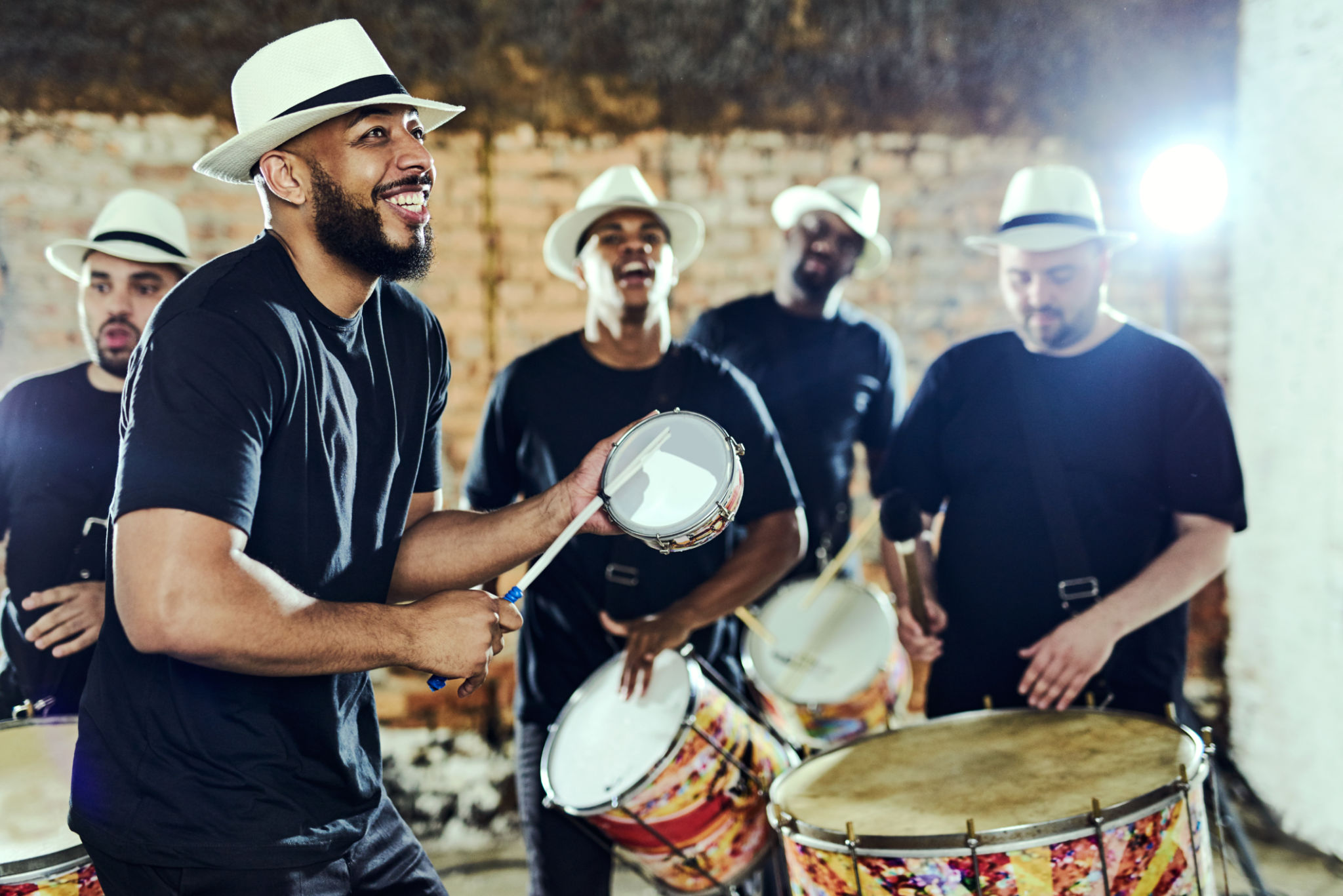African Drumming vs. Western Percussion: Key Differences
Understanding the Cultural Context
African drumming and Western percussion are both rich in history and cultural significance, yet they differ greatly in their origins and purposes. African drumming is deeply rooted in community, storytelling, and tradition. It plays a vital role in ceremonies, celebrations, and communication across various African cultures. In contrast, Western percussion is often associated with orchestral and contemporary music, emphasizing technical skill and composition.
In African societies, drumming is a communal activity that involves participation from everyone in the community, not just the musicians. This inclusivity makes African drumming a social event that strengthens communal bonds and cultural traditions.

Instrumentation and Techniques
The instruments used in African drumming and Western percussion are quite distinct. African drumming primarily involves hand-played drums such as the djembe, talking drum, and conga. These drums are often crafted from wood and animal skins, producing a wide range of tones that can convey complex messages and emotions.
On the other hand, Western percussion includes a broader array of instruments like the snare drum, bass drum, cymbals, and tambourine. These instruments are typically played with sticks or mallets, focusing on precision and timing within an ensemble setting.
Rhythmic Structures
A key difference lies in the rhythmic structures used in each style. African drumming often employs polyrhythms, where multiple rhythms are played simultaneously, creating a complex and layered sound. This polyrhythmic approach allows drummers to express intricate patterns and engage listeners in a unique auditory experience.

Western percussion, however, tends to follow more structured and linear rhythms, especially in classical compositions. These rhythms are meticulously notated and performed with precision to align with other instruments in an orchestra or band.
Role in Performance
In African drumming, the drum is not just an instrument but a voice. It plays a crucial role in storytelling and communication. Drummers often convey messages, tell stories, and even engage in call-and-response interactions with dancers and singers. This dynamic interaction elevates the performance to a shared cultural expression.
Conversely, Western percussionists usually play a supporting role in larger ensembles. While they are essential for maintaining rhythm and adding dynamic elements to the music, their contribution is often more about complementing the overall composition rather than leading the narrative.

Conclusion
Both African drumming and Western percussion offer unique and enriching experiences for musicians and audiences alike. By appreciating their differences in cultural context, instrumentation, rhythmic structures, and performance roles, we can gain a deeper understanding of these vibrant musical traditions. Whether it's the communal spirit of African drumming or the technical precision of Western percussion, each style has its own distinct charm and significance.
